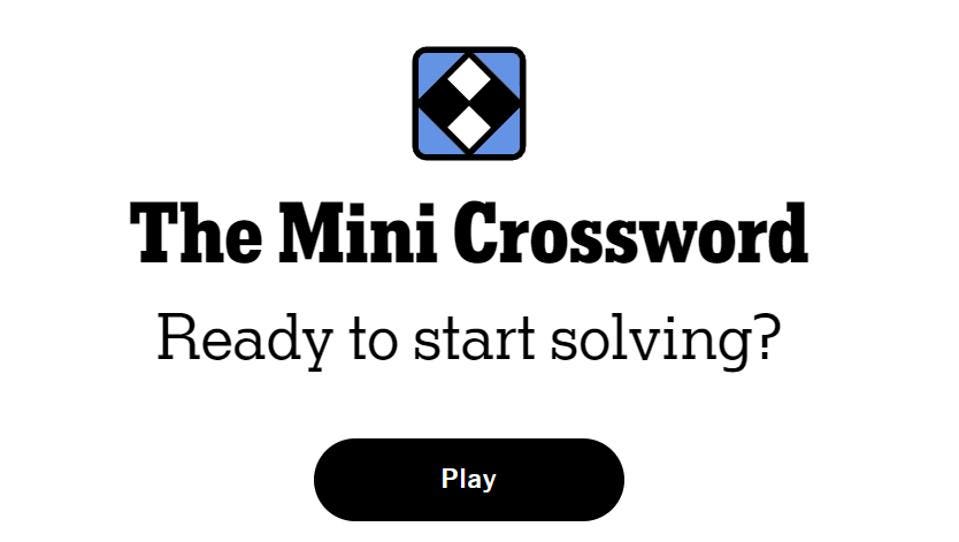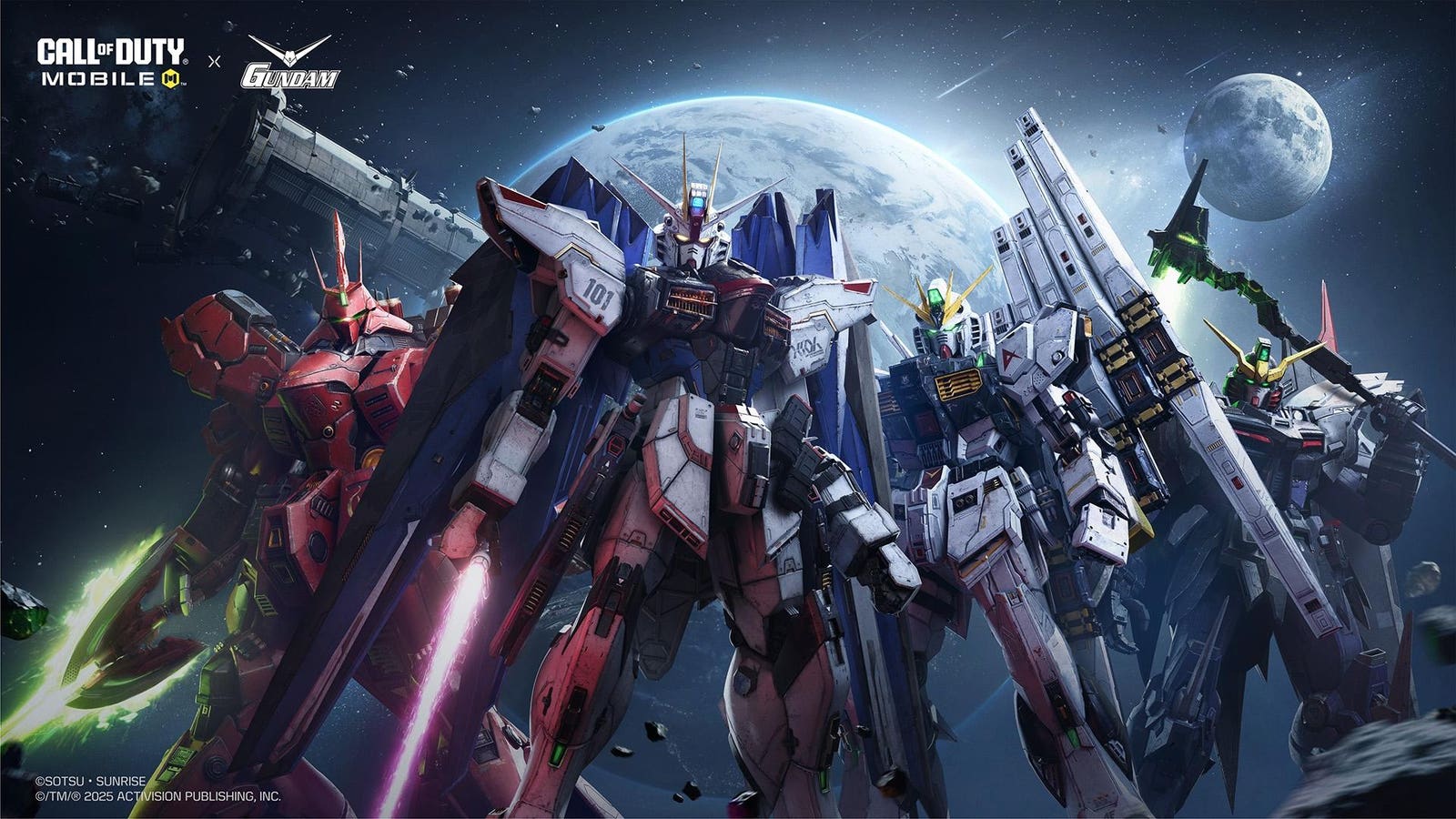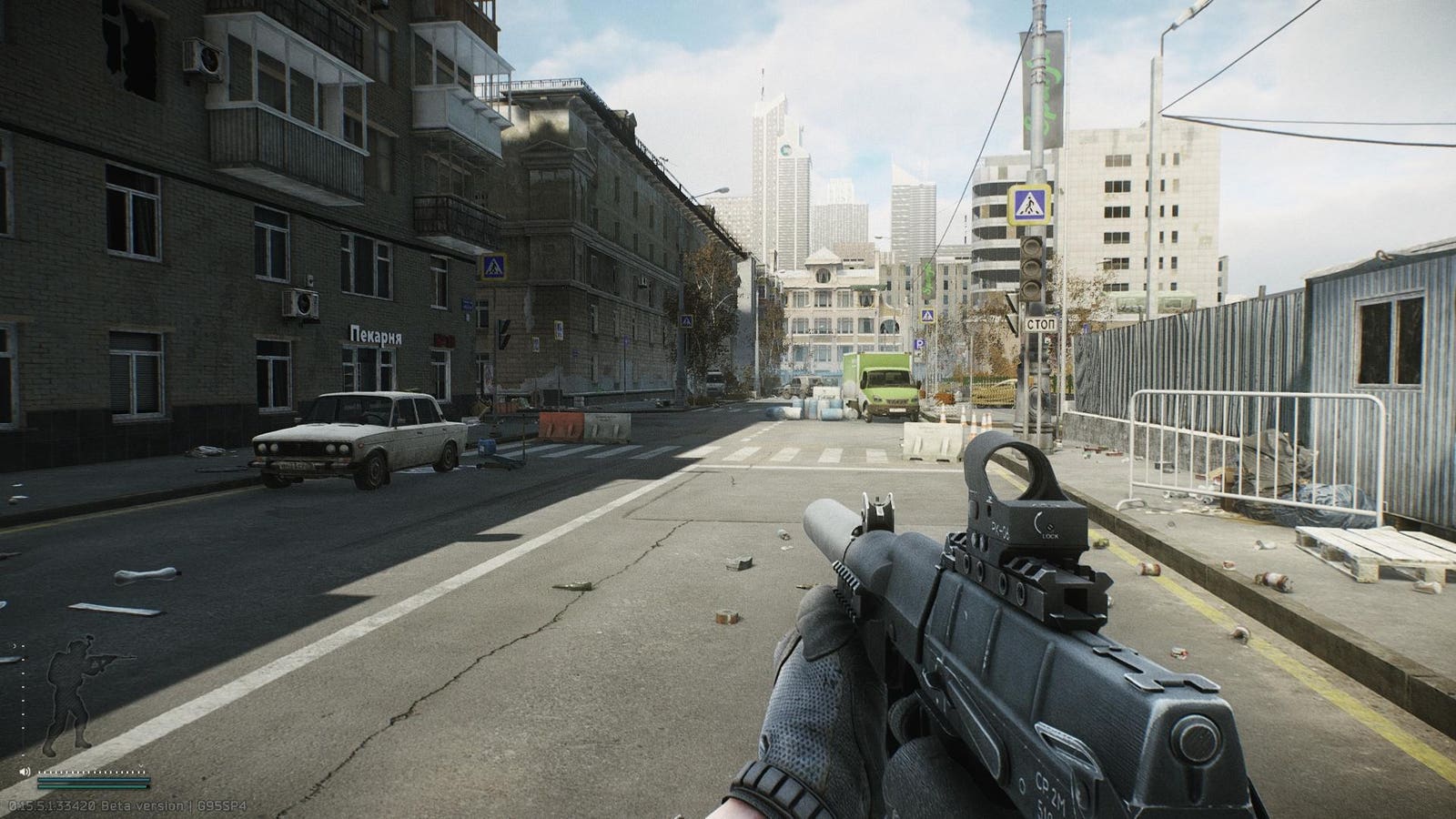One can be forgiven for thinking that everyone is mastering artificial intelligence, while they are scrambling to understand it and catch up. Let’s face it: no one knows where AI is going to take us. Not a year from now, not even a month from now. Everyone is experimenting and learning. Not even the chief information officer of one of the world’s leading technology providers can say with certainty where AI is taking things.
And that’s okay.
Today’s AI intelligence platforms and offerings are becoming outdated at a blinding pace. Which raises the question, where should one insert their investments, as there is the risk of pouring money into outdated technology? This typically doesn’t sit well with boards, or employees that have to depend on the technology.
But the worst strategy is to hold off and wait for the next iteration of the technology, because that day will never come.
That’s the word from Art Hu, CIO of Lenovo Global, who urged decision-makers to work with the AI they’ve got, which is more productive than waiting for new versions to come along – no matter how quickly they appear on the scene. Everything is uncertain, so don’t count on certainty, he said, speaking with CXOTalk’s Michael Krigsman in a recent interview. “Agility beats certainty as an AI investment strategy,” he said.
Accept that the AI technologies chosen today will not remain at the forefront for long. Hu shared Lenovo’s own approach to AI investment, which emphasizes “no regret” investments, even if the technology becomes outdated.
It’s not about perfection – it’s about adaptability and agility, he again emphasized. Too often, organizations get caught in “analysis paralysis,” unable to move forward because they are unsure how the technology will develop. Don’t wait for guaranteed outcomes that may never materialize, he said.
AI technology “is advancing at a rapid pace – almost by day or by week or by month,” Hu said. Analysis paralysis sets in because “the frontier seems to be moving so quickly,” and people don’t know how to handle it.
The best approach is to keep learning and tolerate ambiguity, he explained. At his company, that translates into AI decisions made by a cross-enterprise executive committee. “In terms of the investment question and our investment strategy, everyone is expected to engage, and that helps tremendously,” he said. “There’s no need to explain what we’re doing or why, and that really helps the team step forward.”
An important part of this open AI strategy is to take on the prevailing fear that AI is taking jobs away. This narrative “portrays workers as passive victims rather than active participants in change,” he said. “AI automates specific tasks within jobs, but humans still design job roles and define organizational goals.”
There’s a productivity benefit as well, “Software engineers who once spent only 10-15% of their time coding now have access to capabilities that previously required specialized designers or prototypers,” he explained. As a result, professionals are freed up to focus on higher-value activities, such as architecture, security, and business outcomes.
The key to successfully building an AI partnership is to “help teams break down their roles into tasks, identify which ones AI can enhance or replace, and restructure positions to focus on distinctly human contributions,” said Hu.
It’s important to reframe the AI discussion, he continued. “The point is to not lose momentum and to continue in the face of that uncertainty.”
For its part, Lenovo seeks to create “the environment that invites people in,” Hu related. “If you want to work in legal, if you’re in marketing, if you’re in finance, if you’re in HR, there’s something for you to work with that will help invite you in the door.”
That “pull” results in high levels of interest among employees, and a desire to learn more, he added.








